Monarch Madness: A Brief History of Athletic Sites at Old Dominion University
When the Norfolk Division began in September 1930, the only building on campus was the old Larchmont School, which did not contain a gymnasium for athletics. From 1930 to 1936, the athletic teams at the division, known as the Braves, held their games at several sites across the city.

Figure 1. Football game between William & Mary Norfolk and Gallaudet, 1935.
The football team played at Bain Field on East 20th Street near Church Street; the men’s basketball team held their games at James Blair Middle School and Maury High School; and the baseball team’s home games were played at Lafayette Park on Granby Street, Bain Field, and the open field just south of the old Larchmont School. Most of the opponents the Norfolk Division played during the 1930s and 1940s were high schools, professional schools, and junior colleges throughout the state. Although not varsity sports, the Norfolk Division established a women’s basketball team in 1930, and in 1936, developed several additional intramural sports for women including badminton, swimming, field hockey, and tennis. With the expansion of enrollment, as well as the development of several athletic programs, the Norfolk Division sought funding to develop a new classroom/gymnasium building as well as an athletic stadium. Between 1934 and 1936, the division received funds from the newly established Public Works Administration (PWA) and Works Progress Administration (WPA) for the two facilities.1
The first structure, built at an estimated $123,000 and dubbed simply the Administration Building, opened to over 400 students in 1936 and housed administrative offices, eight lecture halls, a library, two gymnasiums, and a swimming pool.2 Located across Bolling Avenue from the old Larchmont School, the basketball and swimming teams moved their events to the Administration Building along with other intramural sports.
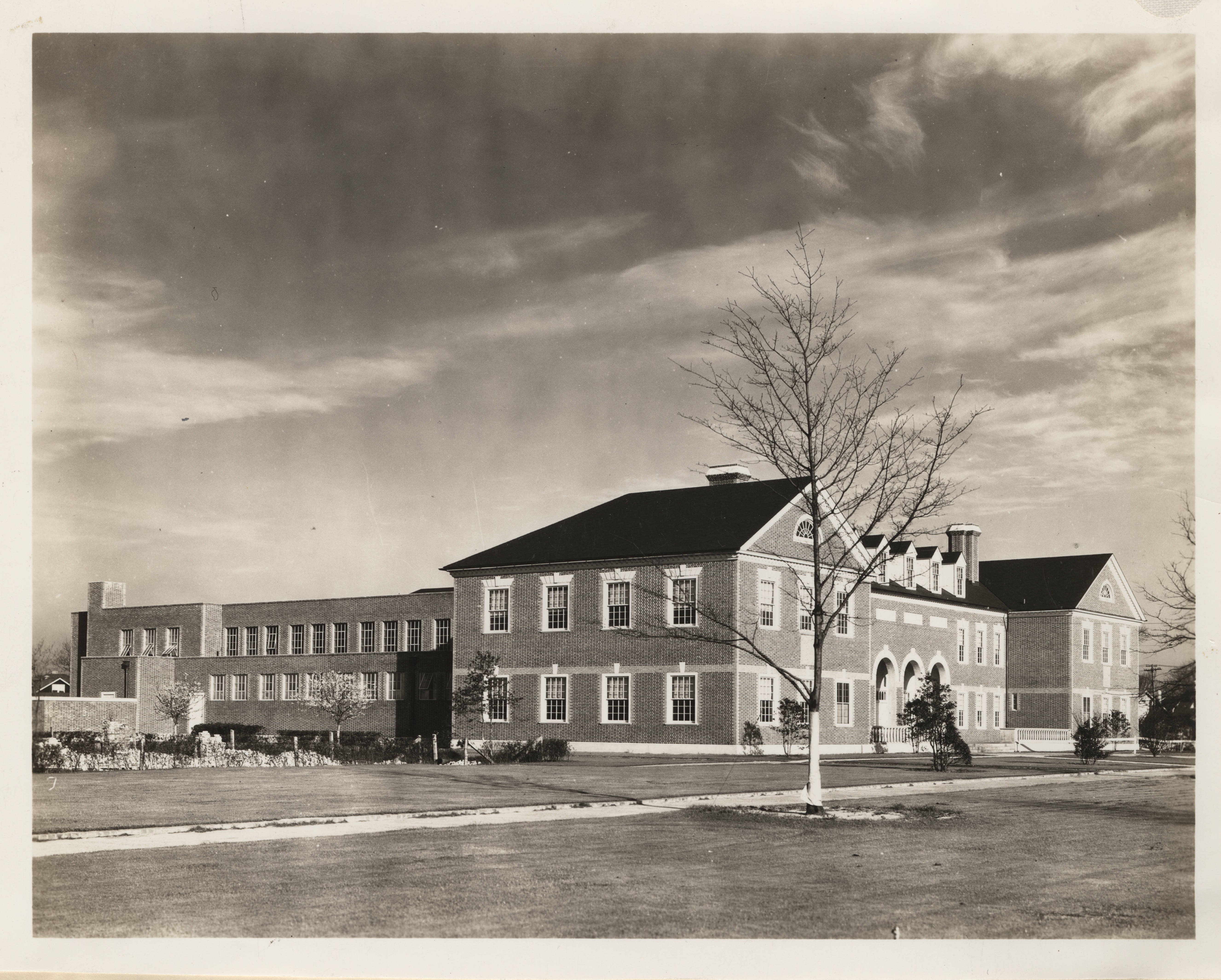
Figure 2. Exterior of Administration Building, 1936.

Figure 3. William & Mary Norfolk basketball team in Administration Building gymnasium, 1957.
Physical education classes also took place in the gymnasium along with special events such as concerts, Commencement exercises, student versus faculty basketball games, and competition among early Greek organizations. The athletics program grew significantly through the 1950s and 1960s, especially with the inclusion of women’s varsity teams for basketball, field hockey, and swimming, and the men’s basketball team moved their games to the larger Norfolk Arena. Donna Doyle, one of the best athletes of the 1950s, would have her name attached to the first athletic scholarships for women in 1975. Leo Anthony, star of the 1957-1961 men’s basketball team, was Old Dominion’s first basketball All-American with 2,181 points.3
The men’s basketball team stopped playing in the gymnasium in 1960 in favor of the Norfolk Arena, where audiences saw Arthur “Buttons” Speakers, the first African American athlete at ODU, play. With the growth of the physical education department and popularity of the athletic teams, in addition to more students coming to campus, a new athletic facility was needed. Now known as Rollins Hall, the building currently includes administrative offices such as the Office of Finance, University Registrar, Financial Aid, and Office of Admissions.
Although the first attempt to receive funds for a stadium in 1934 failed, the Norfolk Division, with the support of A.H. Foreman, successfully received municipal funds as well as funding from the WPA and the Virginia Emergency Relief Administration between 1935 and 1936. The site for the stadium was on the open field south of the old Larchmont School. Construction began in 1935, and the stadium was dedicated on October 3, 1936 in honor of A.H. Foreman for all his efforts in securing the stadium for the school and the city.4
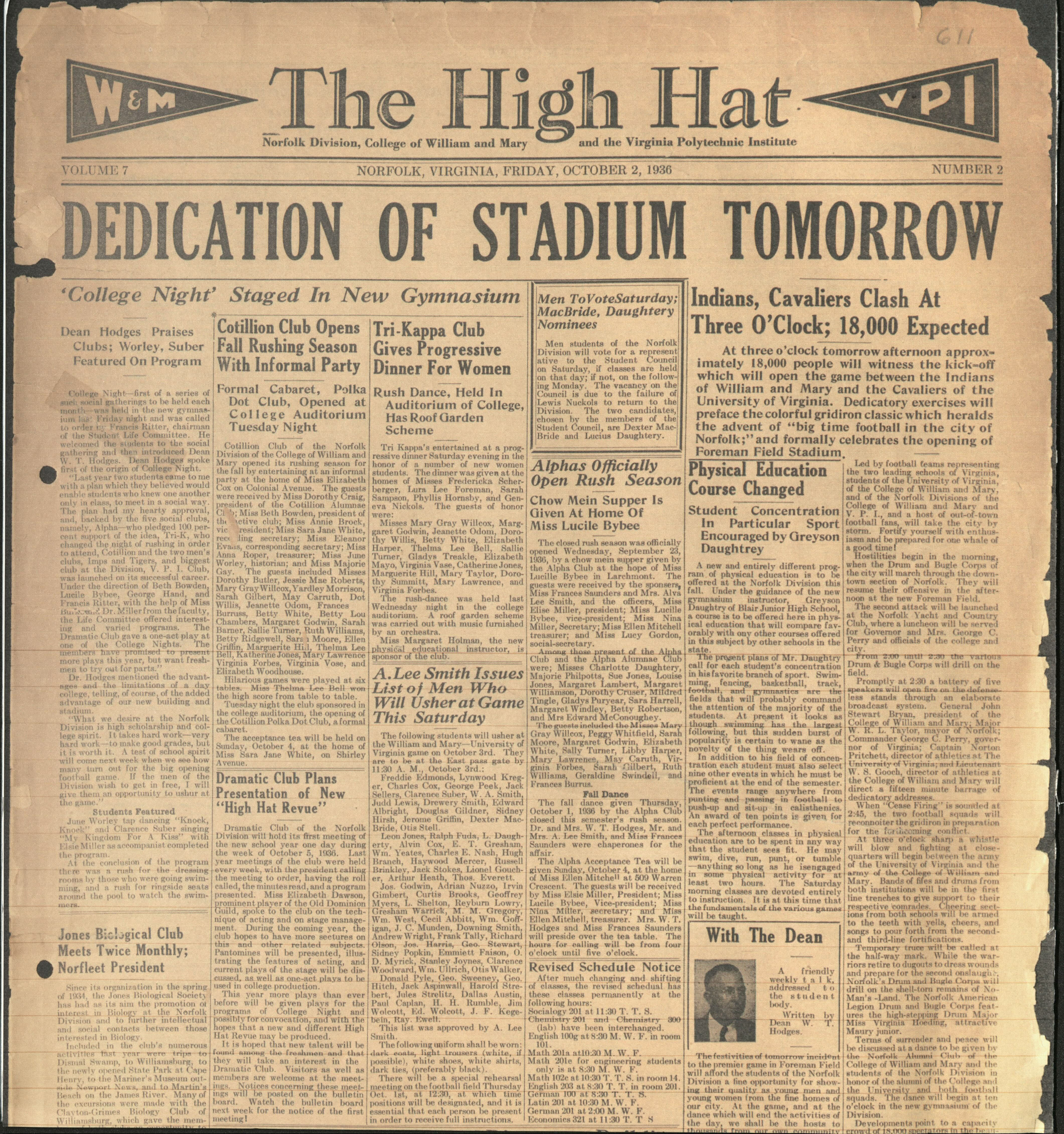
Figure 4. Article from student newspaper The High Hat regarding the dedication of Foreman Field, October 2, 1936.
Foreman Field was primarily used for the football team, but when the football team disbanded in 1941 due to the expense and lack of support from the community, more field sports took place there including field hockey, soccer, and track. Baseball, however, would continue to be played at the Larchmont Elementary School field until the Bud Metheny Baseball Complex opened in 1983. Football, however, was still played at Foreman Field from 1946 to 1995 in the form of the annual Oyster Bowl, sponsored by the Shriners and featured local high school and college teams. Foreman Field was also used for non-athletic events, such as the Greek Games, Commencements exercises, and concerts, the largest of which featured over 30,000 attendees for the Crosby, Stills, Nash, and Young reunion tour in 1974. There were several attempts to revive football over the years, and some movements to take down the stadium altogether. President James L Bugg, Jr. mentioned in a 1998 interview that he “suggested we pull down the stadium. I got into trouble for that.”5 It wasn’t until 2009 that the first game in 69 years was played. By this time, all the other field sports found homes at other facilities across campus. The last game at Foreman Field occurred in 2018, and with the original structure torn down, the current S.B. Ballard Stadium took its place for the 2019 season.
In 1970, the Health and Physical Education (HP&E) Building opened with classrooms for the Physical Education program, a recreation center for the students, and a new gymnasium, dubbed the “Fieldhouse,” where the basketball teams would compete. Built during ODU’s expansion boom in the 1960s and 1970s, the HP&E Building was located in the Lambert’s Point neighborhood between 46th and 48th Streets along Powhatan Avenue.
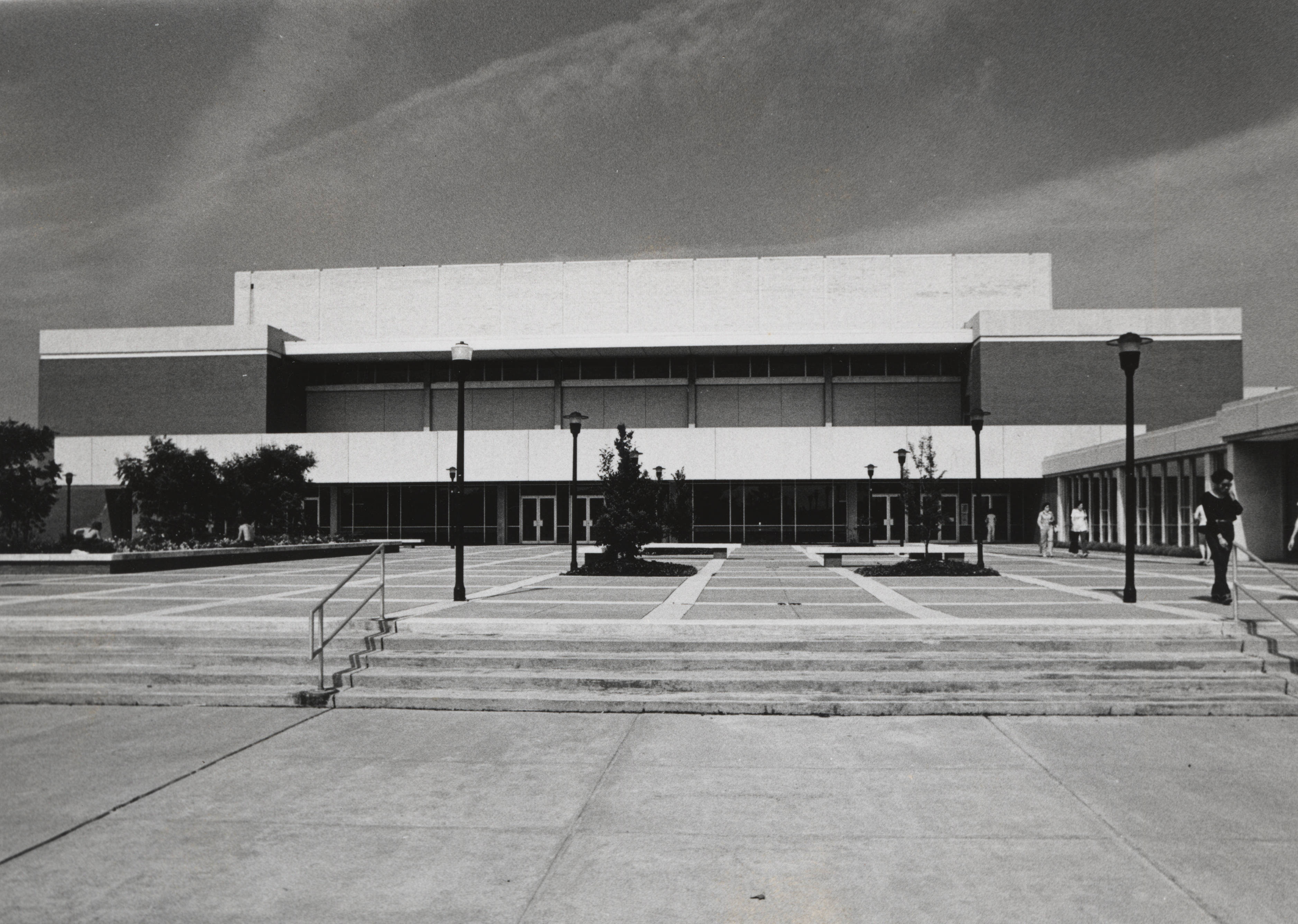
Figure 5. Health and Physical Education (HP&E) Building, circa 1980-1989.
Both men’s and women’s basketball teams held their home games here from 1970 to 1977, when the men moved their home games to the larger Norfolk Scope arena, and then moved back to the HP&E Building on a part-time basis in 1990. The Fieldhouse saw the rise of prominence in ODU women’s basketball with national championships in 1979, 1980, and 1985 under coach Marianne Stanley, and witnessed greats such as Nancy Lieberman, Anne Donovan, Inge Nissen, Medina Dixon, and Ticha Penicheiro.
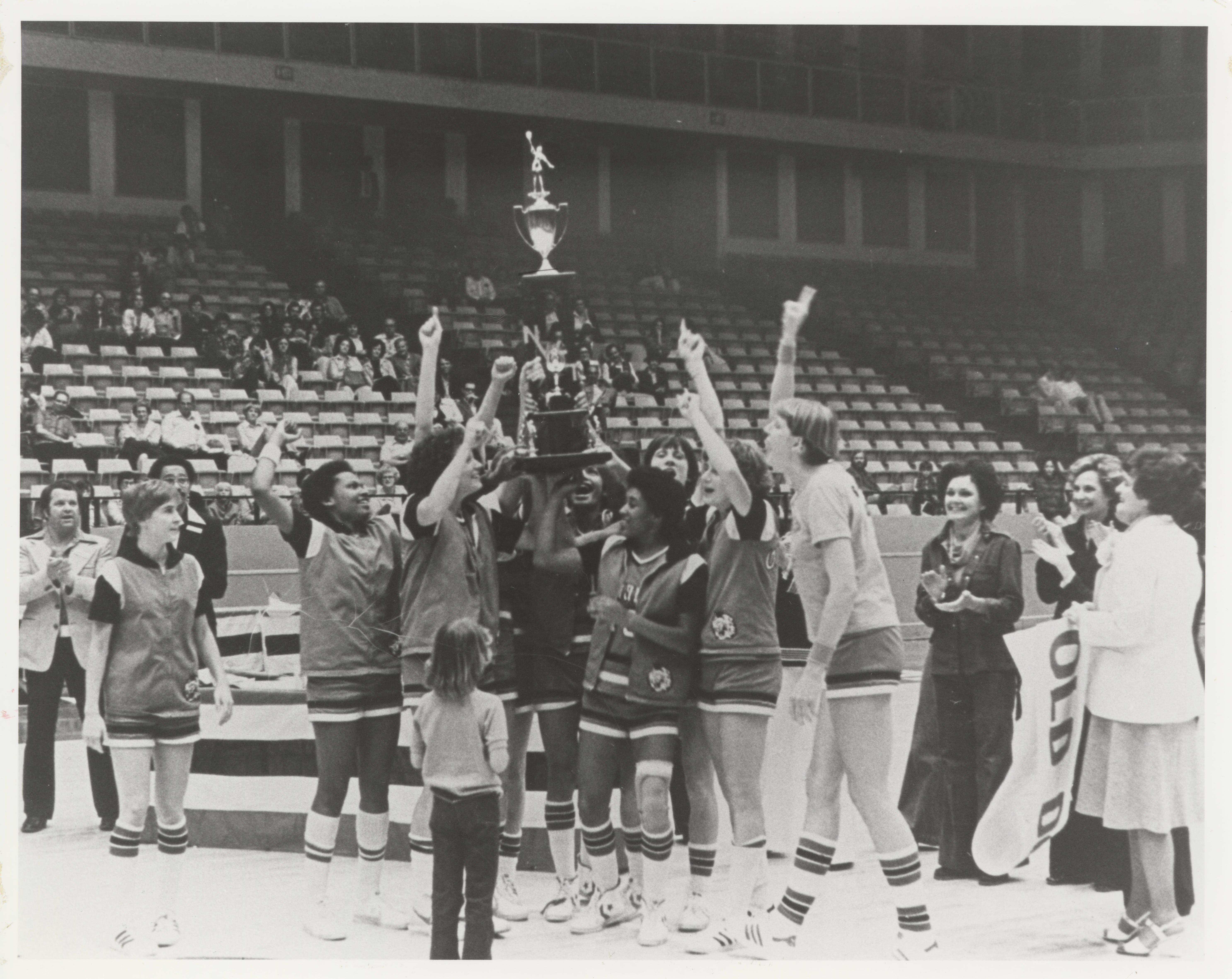
Figure 6. ODU women’s basketball team celebrating National Women’s Invitational Tournament championship in Amarillo, TX, 1977.
Over her 24 seasons as coach, Wendy Larry amassed a 559-203 record, won 17 straight Colonial Athletic Association titles, and reached 20 NCAA tournament appearances, including the championship game in 1997. Meanwhile, the men won the 1975 NCAA Division II championship, moved up to Division I, and upset Villanova in a triple overtime thriller in the 1995 NCAA tournament. Some of the stars during this time were Wilson Washington, Ronnie Valentine, Mark West, Dave Twardzik, Petey Sessoms, and Cal Bowdler. In addition to basketball, the Fieldhouse was home to special events and concerts for local and national bands such as Frank Zappa, Stephen Stills, and the Byrds.6 By the late 1990s, there was a need for a larger basketball court on campus, and a new convocation center with a new basketball arena was made part of the University Village project, a 75 acre mixed use development of offices, student housing, shops, and restaurants across Hampton Boulevard from main campus in the Highland Gardens neighborhood. Completed in 2002, the Ted Constant Convocation Center includes Chartway Arena, home to the men’s and women’s basketball teams, and rooms for conferences and workshops. The HP&E Building, except for the swimming pool, was demolished in 2006 to make room for the new Student Recreation Center (SRC), which opened in 2008.
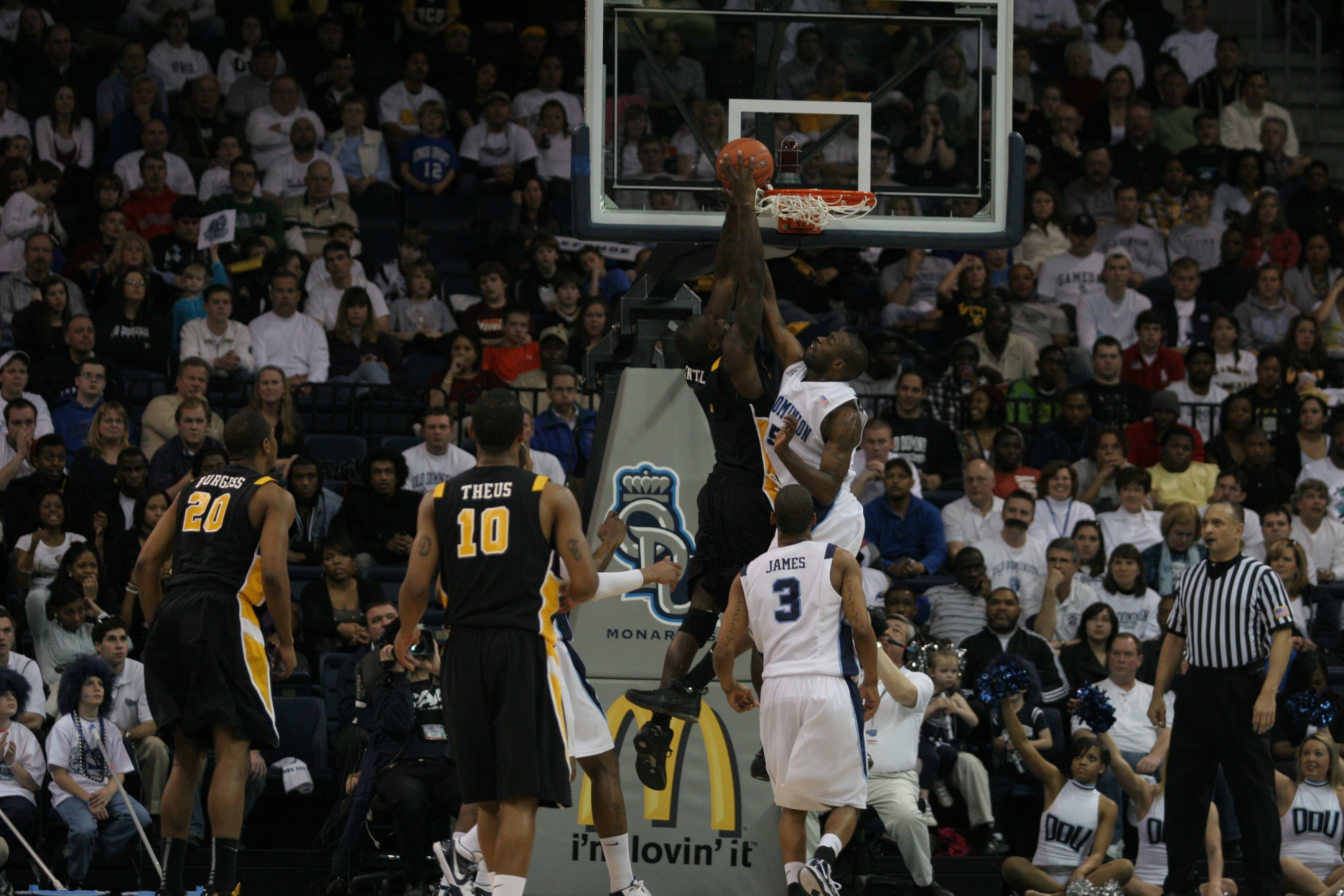
Figure 7. ODU Men’s Basketball vs. Virginia Commonwealth University at Ted Constant Convocation Center, 2010.
Steven Bookman has been the University Archivist at Old Dominion University (ODU) since 2015. Prior to coming to ODU, Steven was the University Archives Specialist at the College of William and Mary from 2007 to 2015.
Suggested citation
Please use the following as a suggested citation:
Steven Bookman, "Monarch Madness: A Brief History of Athletic Sites at Old Dominion University," Mapping the University, Roy Rosenzweig Center for History and New Media, George Mason University (2022): <https://mappingtheuniversity.rrchnm.org/narratives/odu-athletics/>.
Sweeney, James R. Old Dominion University: A Half Century of Service, (Norfolk, Va.: Old Dominion University, 1980). ↩︎
Building the University online exhibit, Old Dominion University Libraries. ↩︎
Sweeney, James R. Old Dominion University: A Half Century of Service, (Norfolk, Va.: Old Dominion University, 1980). ↩︎
Brydges, Maggie, et. al. Old Dominion University: From the Great Depression to the New Millenium (Norfolk, Va.: Office of Institutional Advancement, Old Dominion University, 2000). ↩︎
Building the University online exhibit, Old Dominion University Libraries. ↩︎
Brydges, Maggie, et. al. Old Dominion University: From the Great Depression to the New Millenium (Norfolk, Va.: Office of Institutional Advancement, Old Dominion University, 2000). ↩︎